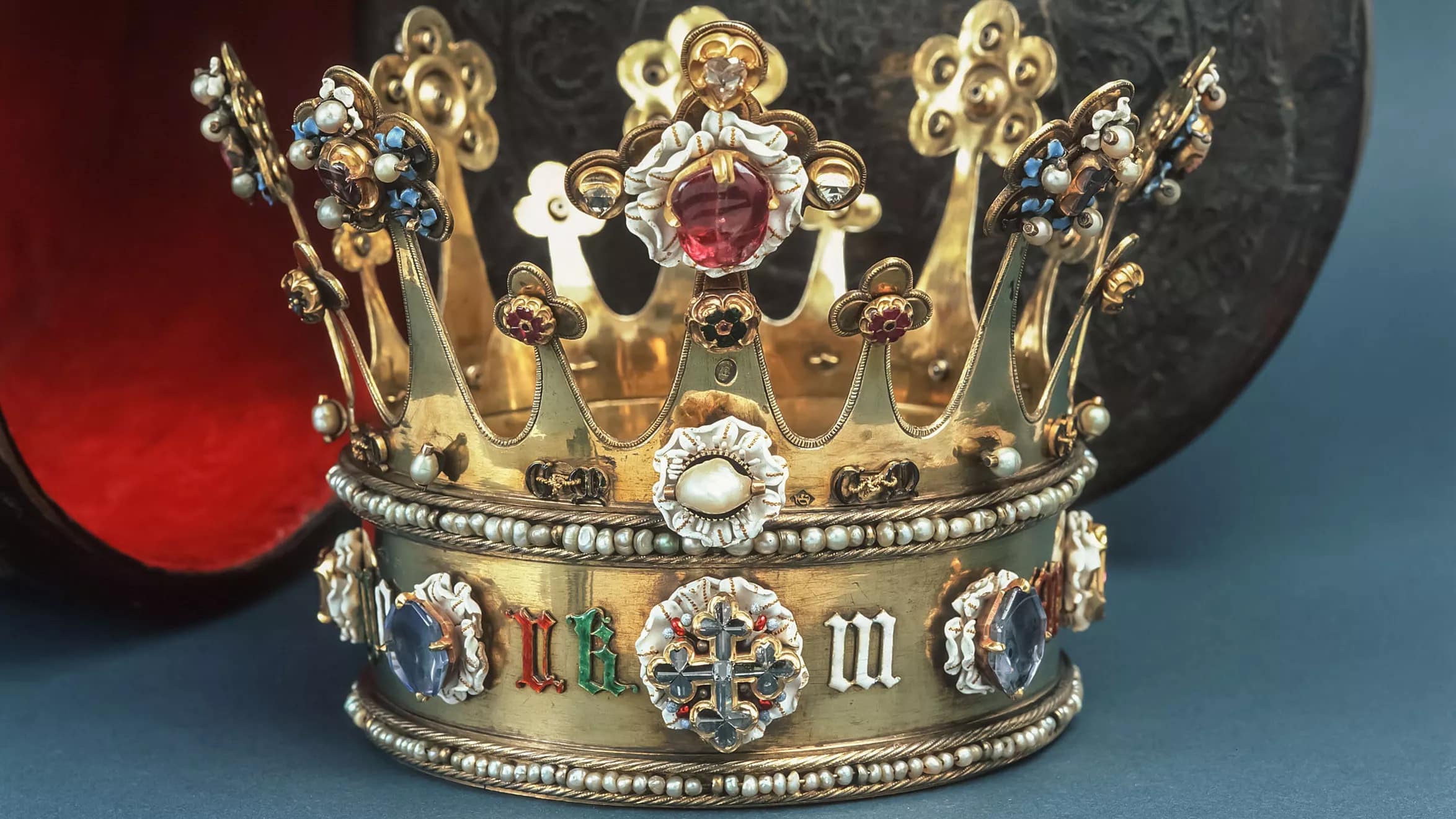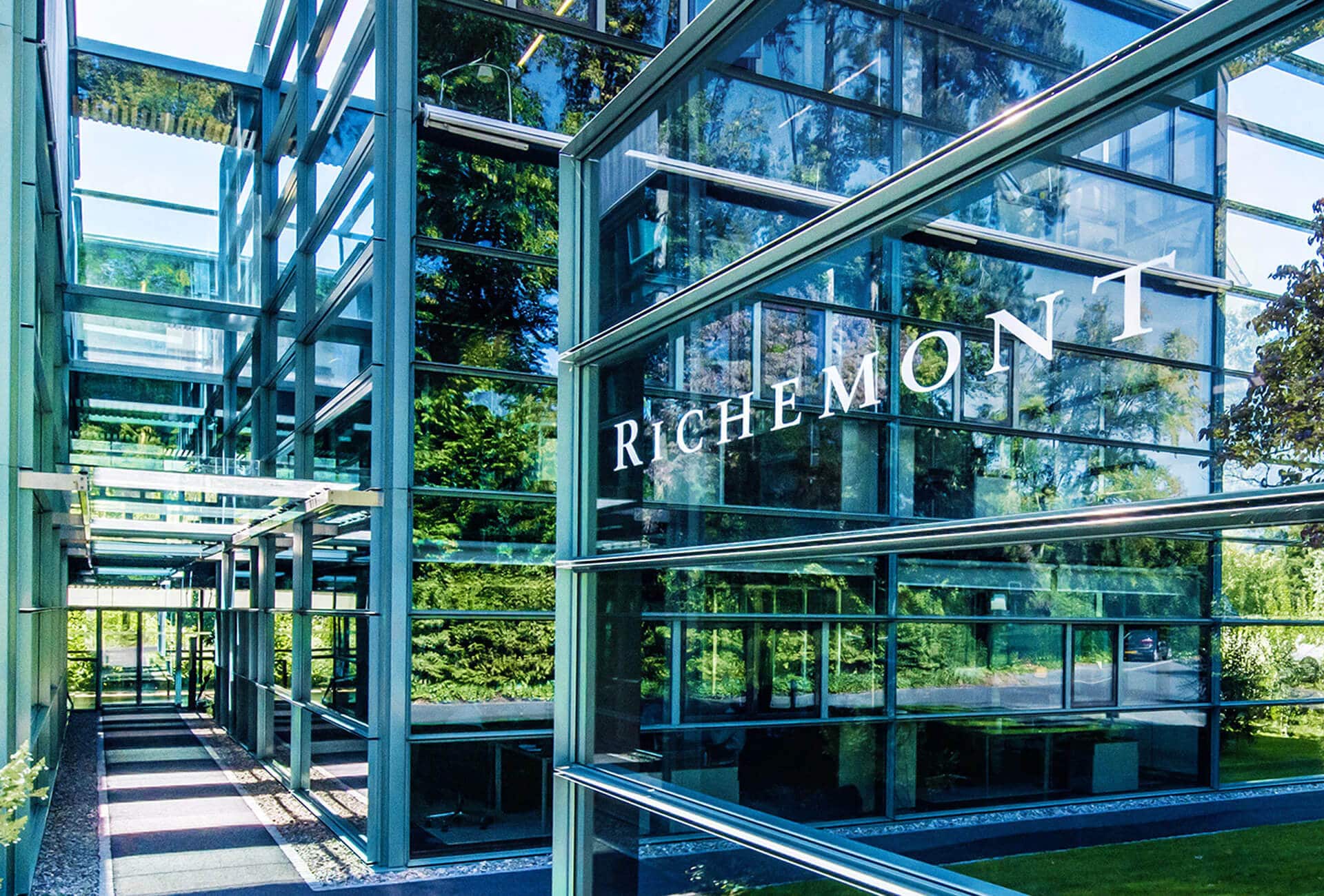In our last episode of the great epic of luxury, which focused on Antiquity, we were able to see the emergence of global trade, which was essential for the development of the luxury sector because it allowed the exploitation of new rare and high quality materials. In its extension, the Middle Ages also experienced a great expansion, both through the evolution of its commercial ecosystem and the increasing refinement of luxury objects.
In the Middle Ages, the noble families and the most powerful kingdoms were the great drivers of the luxury trade. Only the lords had the means to acquire the most expensive and rare products. These riches allow them to strengthen their prestige and power. Powerful kingdoms, such as the Byzantine Empire and the Abbasid Caliphate, took advantage of this high-end trade. By controlling the most important trade routes, they were able to impose taxes on products passing through their territory. However, the prosperity of the luxury sector was not only possible through trade. Indeed, noble families, Byzantine emperors and Abbasid caliphs were often also patrons of art and culture.
A growing refinement
The products considered as luxurious vary according to the regions and cultures. Spices grown in India, such as cinnamon, nutmeg, cloves, and pepper, are highly prized and expensive because of their rarity and the generally long transport time to their destination. They are used primarily to flavor and season foods, as well as to cure diseases.

Silk is also a highly coveted luxury product, especially in China where it is produced. Appreciated for its softness and lightness, it is used to make precious clothes and fabrics. In the deposits of India, known since antiquity, and those of North Africa, diamonds and other precious stones are also extracted to embellish jewelry, weapons and clothing. It was during this period that rubies, emeralds and other sapphires were particularly prized by the elite because of their rarity and brilliance.
Click here to read the full article on Luxus Plus Magazine.
Featured photo : ©Press








